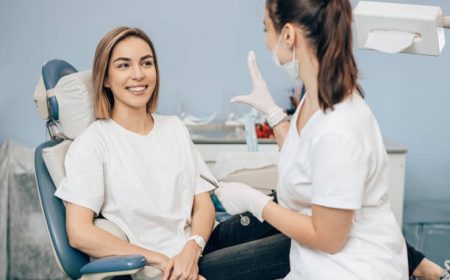As a pet owner, you know precisely how essential it is to keep your pet healthy and cheerful. But sometimes, that means going through surgeries. Veterinary surgery can be frightening for any pet parent, but knowing what is available and the types of treatments can make the process less stressful. Below are some of the frequently performed veterinary surgical procedures.
Soft Tissue Surgery
Soft tissue surgical treatment includes any procedure that involves organs or tissues within the body cavity. This surgery is typically used to diagnose and deal with cancer cells, lumps, hernias, cysts, and abscesses. It can also repair damaged organs or tissues due to trauma or infection.
C-Sections
C-sections are commonly carried out to deliver puppies or kittens into the world safely. C-sections are also performed if there are issues during delivery or if an animal requires specialized care after birth. A veterinarian will make an incision in the mother’s abdominal area and womb throughout a C-section to safely and securely deliver the pups or kitties.
Mass Removal
Mass removal is normally used for lumps or tumors on pets’ skin, although internal masses may also be removed operatively if needed. During a mass removal surgical procedure, a veterinarian will make an incision around the mass to remove it from the body. The mass is then sent off for biopsy so it can be examined more carefully by pathologists and tested for malignancy or other issues.
Wounds
Wounds on animals may require surgical intervention if they are too deep or too large for topical medications to heal them properly. The vet may need to perform stitches or sutures depending on the location and size of the wound to promote restorative healing.
Orthopedic Surgery
When an animal has been injured because of trauma or degenerative joint disease (such as arthritis), pets may require orthopedic veterinary surgery to lessen pain and restore mobility in that area of the body again. Common orthopedic surgeries consist of:
- Hip dysplasia repair
- Fracture repair
- Cruciate ligament repair (ACL)
- Patellar luxation repair (knee cap)
- Elbow dysplasia repair
- Tendon repair/ligament reconstruction (tendonitis)
- Meniscal tear repair (cartilage)
- Spinal decompression/fusion (intervertebral disk disease)
Spaying & Neutering
Neutering and spaying are two of the most prevalent vet procedures carried out regularly throughout North America. These procedures involve removing reproductive organs from male and female pets so they can no more reproduce. This helps reduce overpopulation and certain reproductive health risks, such as uterine infections in female dogs/cats and testicular cancer in male dogs/cats. On the other hand, you may ask your vet for guidance on kitten or puppy shots and anything else you need to know about caring for your pet beyond spaying and neutering.
Dental Surgery
Oral surgery is becoming increasingly well-known among veterinarians; this type of surgical treatment involves treating dental issues such as periodontal disease (gum disease), which can cause serious health problems if left without treatment.
Common oral surgeries include tooth removals (removing teeth that have actually suffered severe damage due to decay or trauma) and root canal therapy (wherein dead tissue inside teeth is removed before being sealed with filling material). Alternatively, you can ask your vet or check out their website for additional information on preventive dental care if your pet has oral issues or needs surgeries.
Conclusion
Veterinary surgical procedures come with inherent risks; however, these risks are frequently outweighed by potential benefits for your pet’s health when dealt with correctly with expert assistance from your veterinarian team members.
It is essential to discuss any concerns you may have with your vet prior to decision-making about vet surgical procedures. Therefore, you understand all possible consequences of these treatments before accepting them.
Veterinarians provide plenty of services designed specifically for pets’ overall health, including various surgical services, which should always be considered when providing optimal care.








